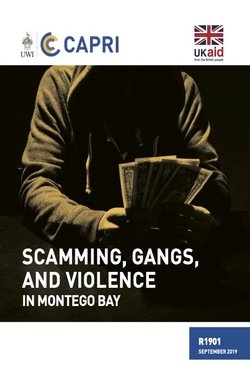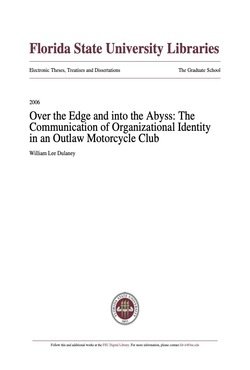By Maria Micaela Sviatschi
This paper provides evidence showing how deportation policies can backfire by disseminating not only ideas between countries but also criminal networks, spreading gangs, in this case, across Central America and spurring migration back to the US. In 1996, the US Illegal Immigration Responsibility Act drastically increased the number of criminal deportations. In particular, the members of large Salvadoran gangs that developed in Los Angeles were sent back to El Salvador. Using variation in criminal deportations over time and across cohorts combined with geographical variation in the location of gangs and their members’ place of birth, I find that criminal deportations led to a large increase in Salvadoran homicide rates and gang activity, such as extortion and drug trafficking, as well as an increase in gang recruitment of children. In particular, I find evidence that children in their early teens when the leaders arrived are more likely to be involved in gang-related crimes when they are adults. I also find evidence that these deportations, by increasing gang violence in El Salvador, increase child migration to the US–potentially leading to more deportations.
Princeton, NJ: Department of Economics, - Working Paper - 2020. 52p






















